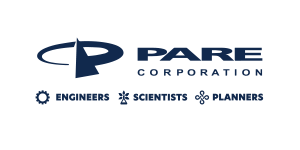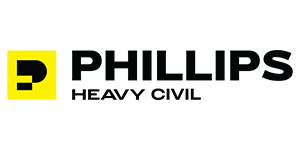Resource
Physical Modeling as a Design Tool — Not Just for Validation
Scaled physical models are often used for design validation before construction or rehabilitation of a critical hydraulic structure. Why not incorporate a model earlier as an integral part of the design process? This can improve the design by optimizing hydraulic performance, exposing unforeseen potential challenges, and possibly reducing construction costs. Sometimes, the savings are even sufficient to pay for the modeling.
Using physical hydraulic modeling as a design tool also provides deeper understanding of how a structure will perform, improving confidence in the design approach and numerical modeling. With our experience gained from incorporating physical models into the process for more than 10 projects—for new dam and spillway design, dam rehabilitations, spillway modifications, and spillway dewatering system design—we can suggest several good practices, including:
- Using sectional models or phased models to refine geometry before constructing the full model, developing the full model with the components to test in mind
- Building the model such that components can be enlarged, reduced, or reconfigured conveniently
- Reducing the footprint of the full model by using computational fluid dynamics (CFD) modeling to extrapolate results
- Using pressure taps to evaluate stagnation pressures for spillway stability
- Documenting the entire model with photo and video
- Using the physical model to calibrate CFD models for posterity after the physical model is demolished
































